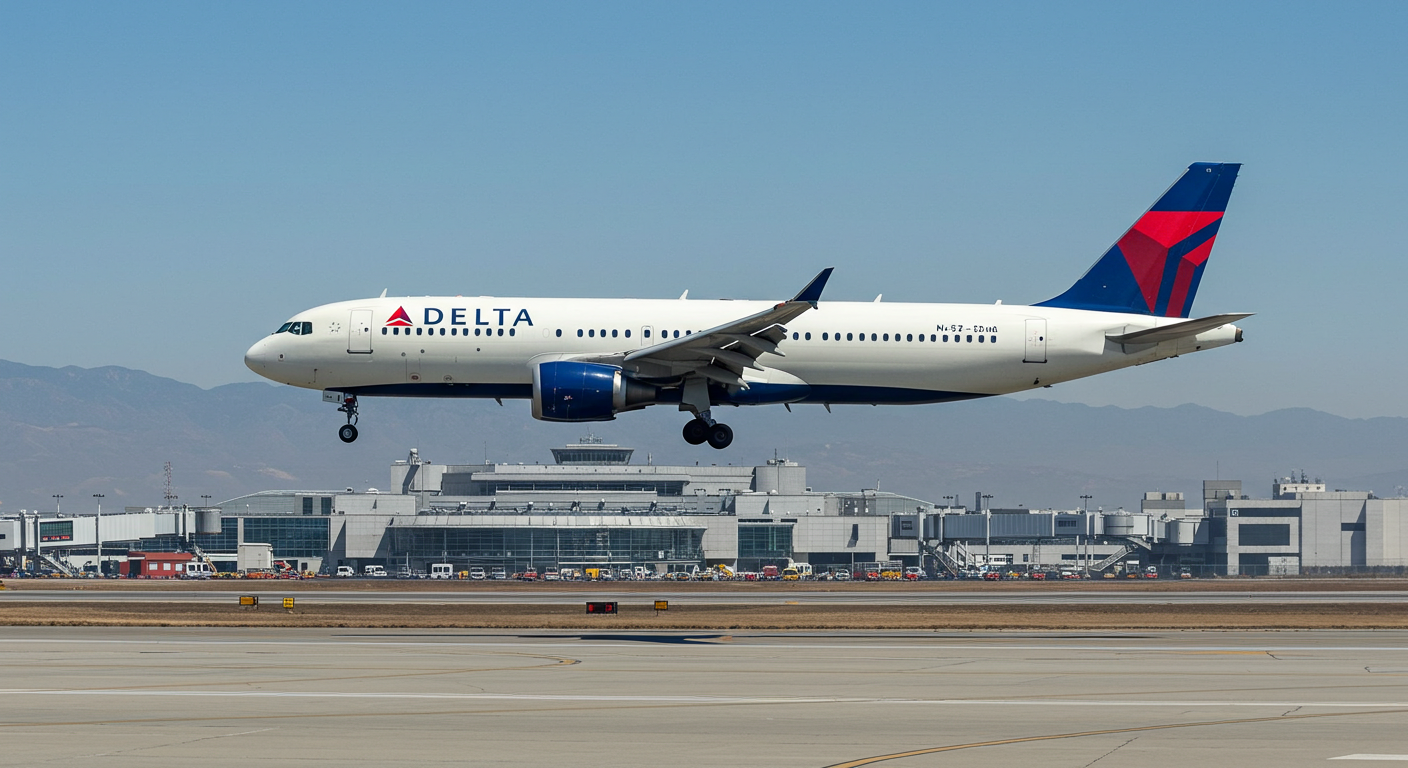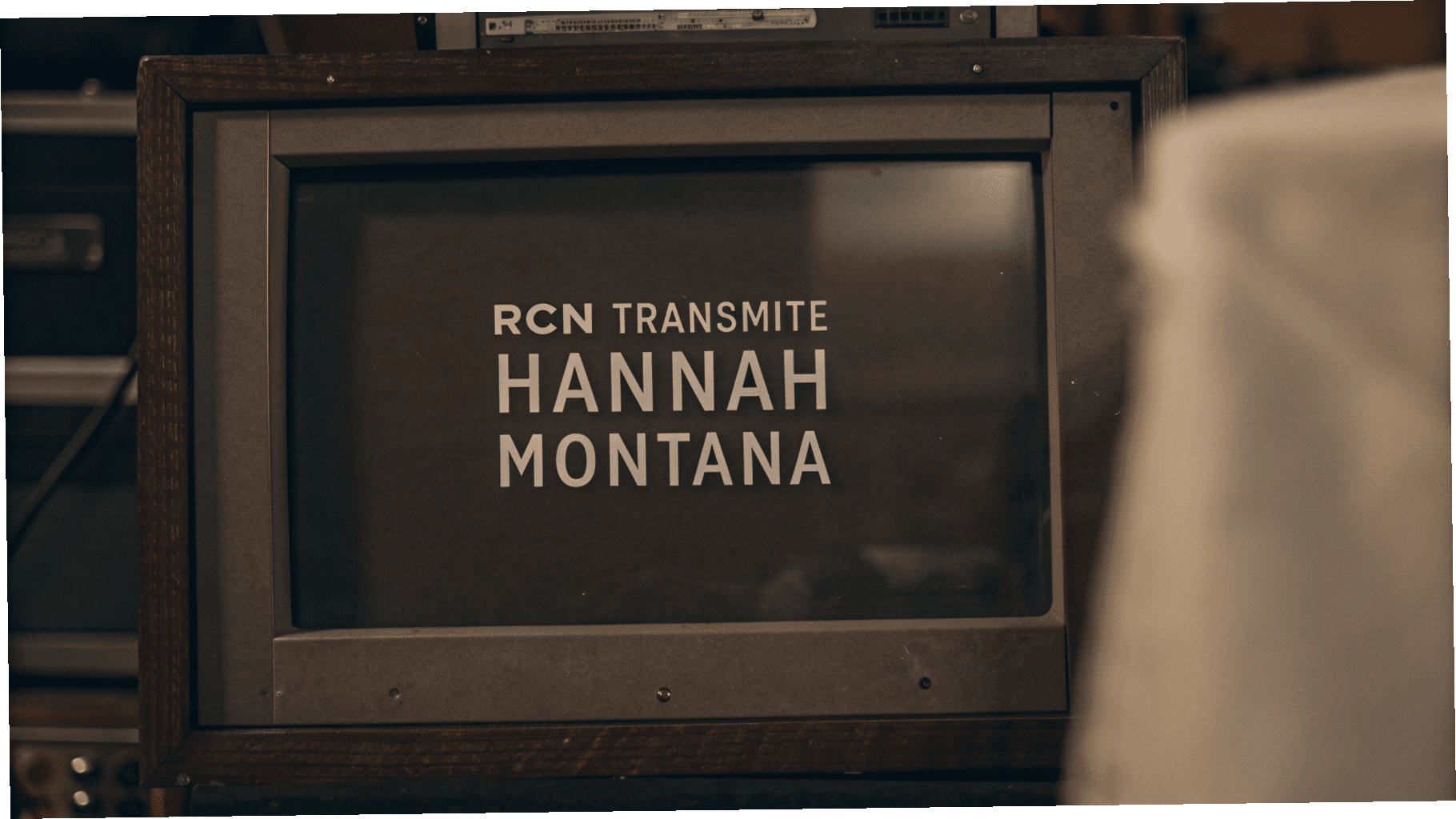Delta Air Lines Flight DL275, which was originally scheduled to travel from Seoul-Incheon International Airport (ICN) to Hartsfield–Jackson Atlanta International Airport (ATL), experienced an unexpected diversion. Midway through its journey, the flight was rerouted and landed at Los Angeles International Airport (LAX), catching the attention of passengers, aviation experts, and the public alike. Though such diversions are not entirely uncommon in long-haul international travel, each incident has its unique set of circumstances and implications.
Original Flight Plan and Aircraft Details
DL275 was operated by a wide-body Airbus A350-900, a long-range aircraft commonly used for transpacific routes. The flight took off from ICN with an intended route over the Pacific Ocean toward the eastern United States. This particular aircraft model is known for its advanced avionics, fuel efficiency, and high passenger capacity. The flight was expected to take around 13 to 14 hours, following a standard path that would bring it near the West Coast of the United States before turning inland toward Atlanta.
Circumstances Leading to Diversion
According to preliminary information released by Delta Air Lines, the aircraft encountered a mechanical irregularity that warranted a precautionary diversion. Although not officially confirmed by the airline, industry sources suggest that a possible hydraulic or electrical systems alert triggered the crew to make the decision. The pilots contacted air traffic control and opted to land at the nearest suitable international airport, which in this case was Los Angeles International Airport. This decision was made in line with Delta’s stringent safety protocols.
Passenger Experience and Onboard Response
Passengers on board Flight DL275 reported a calm but noticeable shift in the atmosphere once the pilot announced the change in destination. Flight attendants immediately followed emergency communication procedures, offering reassurances and updates. Meal services were halted temporarily, and some in-flight entertainment was paused as communication systems were prioritized. Despite the detour, the overall mood remained calm, as the crew maintained professionalism and transparency. Passengers were later provided with refreshments, accommodations, and rebooking options.
Delta Air Lines’ Official Statement
Following the incident, Delta Air Lines issued a public statement acknowledging the diversion of Flight DL275 to Los Angeles. They clarified that the action was taken “out of an abundance of caution” and emphasized their commitment to the safety of passengers and crew. The airline worked swiftly to provide accommodations to the affected passengers and to arrange onward travel to Atlanta or alternative destinations. Delta also coordinated with LAX ground personnel to expedite customs and immigration procedures, easing the inconvenience faced by international travelers arriving unexpectedly in California.
Airport and Ground Handling at LAX
LAX officials confirmed that the diverted flight landed safely and was met by a team of emergency response personnel as a precautionary measure. The aircraft was directed to a remote gate for inspection by maintenance crews. LAX, being one of the largest and busiest international airports in the United States, was fully equipped to handle the unplanned arrival. Passengers were guided through immigration and customs, and temporary holding areas were prepared for those needing assistance or immediate transit arrangements.
Safety Measures and Pilot Protocol
Aviation experts note that diversions such as this are part of well-rehearsed protocols. Pilots are trained extensively for scenarios that include in-flight system alerts, unexpected turbulence, or medical emergencies. In the case of DL275, the crew followed standard operating procedures by choosing an alternative airport that was within safe reach, had the necessary technical facilities, and could accommodate a wide-body aircraft. Choosing LAX was not only logical from a geographical standpoint but also ensured minimal disruption to passenger itineraries given the airport’s connectivity.
Mechanical Troubleshooting and Aircraft Inspection
Once the Airbus A350-900 landed at LAX, Delta’s maintenance team initiated a full inspection of the aircraft. Reports suggest the issue may have been minor and potentially involved a cautionary indicator rather than a system failure. However, Delta adhered to FAA regulations and opted not to resume the flight until the aircraft was thoroughly examined. Engineers and technicians inspected the flight control systems, landing gear hydraulics, and onboard avionics. The plane remained grounded for several hours before being either cleared for service or substituted with another aircraft for the remainder of the journey.
Rebooking and Passenger Compensation
In keeping with their customer service standards, Delta Air Lines provided passengers with various options. Those with urgent travel needs were rebooked on connecting flights out of LAX to ATL or other hubs. Others were offered hotel accommodations, meal vouchers, and ground transportation. Delta’s customer service team also contacted travelers via SMS and email, offering real-time updates and additional support. This proactive approach helped mitigate the disruption, and many passengers later shared their positive experiences on social media platforms.
Industry Reaction and Public Response
The aviation community largely supported Delta’s decision, highlighting it as a textbook example of prioritizing safety over schedule. Social media discussions were overwhelmingly understanding, with many passengers praising the professionalism of the crew. A few raised concerns about missed connections or event cancellations, but these were counterbalanced by acknowledgment of the airline’s transparent handling of the situation. Aviation bloggers and industry analysts used the incident to emphasize the importance of safety-first policies in commercial aviation.
Impact on Delta’s Operational Metrics
While any diversion can cause logistical complications, Delta Air Lines is known for its operational resilience. The airline promptly re-integrated the affected flight into its system with minimal cascading delays. Moreover, the proactive customer support prevented escalation of complaints or refund demands. In the long term, such safety-oriented decisions reinforce consumer trust, even when immediate financial implications—like unscheduled landing fees, accommodation costs, or logistical rescheduling—are incurred.
Comparison with Similar Incidents
DL275’s diversion is not an isolated case in the aviation industry. Similar scenarios have occurred with other airlines operating long-haul flights. For example, Japan Airlines, Lufthansa, and Air France have all rerouted transoceanic flights due to mechanical warnings, passenger illnesses, or unfavorable weather. Each of these instances, while disruptive, serves as a reminder that aviation is a field where safety margins are purposefully conservative. Airlines are expected to err on the side of caution, and Delta’s actions mirrored this industry norm.
LAX’s Role in Handling Diversions
Los Angeles International Airport is a crucial part of the U.S. aviation infrastructure, not just for scheduled flights but also for handling diversions and emergency landings. Its strategic location on the West Coast makes it a go-to option for transpacific flights needing to reroute. With multiple runways capable of accommodating large aircraft and a team of multilingual staff, the airport is well-prepared for unexpected scenarios. The incident involving DL275 further showcases LAX’s capability to manage international disruptions without major service breakdowns.
Insights from Passengers and Crew
Several passengers later posted about their experience, describing the moment they were informed about the diversion. Some were traveling for business, others for family reunions, and a few were in transit to other destinations beyond Atlanta. Despite the detour, many appreciated the crew’s calm demeanor, the clear communication, and the eventual care provided. A senior flight attendant who later spoke anonymously to media channels confirmed that the crew had run through safety checklists multiple times before landing and that they received full cooperation from passengers.
Lessons Learned and Policy Reinforcement
Every airline uses such events to conduct internal reviews and training enhancements. Delta will likely use the diversion of DL275 to evaluate how its protocols performed under real conditions. The airline’s flight operations, maintenance, and customer service departments typically collaborate post-incident to draft updated guidelines, suggest improvements, or reaffirm existing practices. It’s not just about fixing one incident—it’s about using every experience to make future operations even safer and smoother.
Conclusion
Delta Flight DL275’s diversion to LAX may have come as a surprise to its passengers, but the airline’s swift and calculated response turned a potential disruption into a demonstration of high safety standards and customer care. From the pilot’s decisive action to the ground team’s seamless coordination, every part of the system worked as intended. While the journey may have taken a temporary detour, the commitment to safety never wavered.
FAQs
Why was DL275 diverted to LAX?
Due to a mechanical caution alert, the pilots chose to land at the nearest suitable airport, which was LAX, for safety reasons.
Was anyone hurt during the diversion?
No injuries were reported. All passengers and crew landed safely and were assisted by Delta staff.
Did Delta provide compensation to passengers?
Yes, Delta offered rebooking, hotel stays, food vouchers, and transportation for affected travelers.
How long was the flight delayed?
The exact delay varied depending on rebooking options, but most passengers experienced a 6–12 hour delay.
Is it safe to fly on diverted flights later?
Yes. Airlines conduct full inspections before allowing the aircraft to resume service or use a replacement aircraft. Safety is always the top priority.Tools


































![[img]https://lookpic.com/cdn/i2/s/05282024182719-002.jpg[/img] – Everything You Need to Know About! Everything You Need to Know About!](https://www.rownavigators.com/wp-content/uploads/2025/02/Everything-You-Need-to-Know-About.webp)